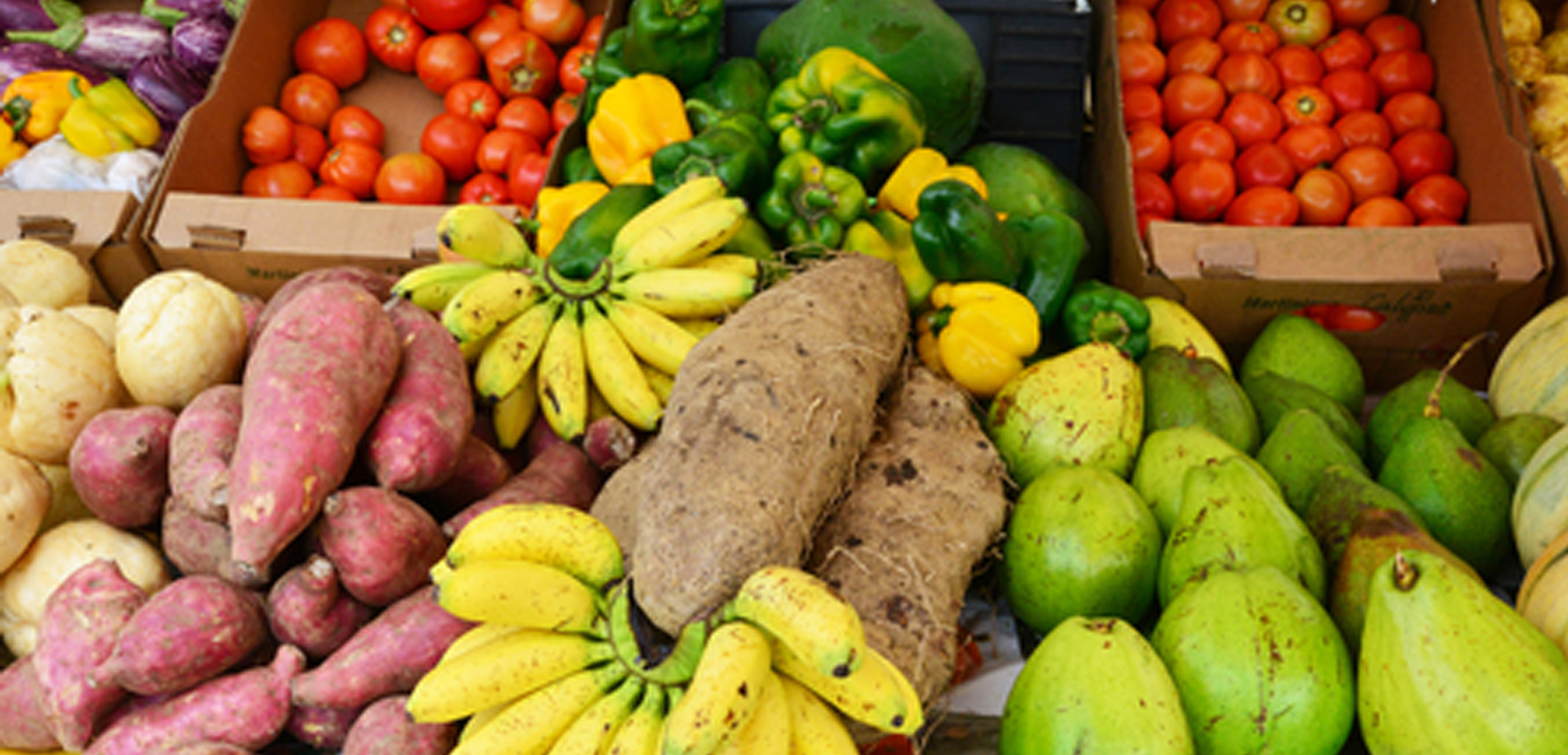November 2019
Helping Shape the Future of Developing Nations

School feeding programmes are tackling malnutrition issues linked to long-term health problems, educational challenges and limited work opportunities IMAGE: National Geographic
School feeding programmes are earning a high return in the areas of Education and Gender Equality, Health and Nutrition, Social Protection and Local Economies and Agriculture.
A report by the World Food Programme has identified 310 million school children in low and middle income countries eat a daily meal at school.
Beyond the plate of food, it’s impact is helping shape the future of developing nations.
“School feeding programmes can help get children into school and help them stay there; studies have shown programmes can increase enrolment by an average of 9 percent.”
“There is also strong correlation between higher levels of education and a reduction in child marriages; over 60 percent of child brides in developing countries have no formal education.”
“If all girls in sub-Sahara Africa and South and West Asia had secondary education, child marriage would fall by 64 percent from almost 2.9 million to just over 1 million,” the report states.
School feeding programmes are tackling malnutrition issues linked to long-term health problems, educational challenges and limited work opportunities.
“The programmes promote macronutrient and micronutrient adequacy in childrens’ diets leading to enhanced nutrition and health, decreased morbidity, and increased learning capacities.”
“The Midday Meals Scheme in India, the largest school feeding programme in the world eliminated daily protein deficiency by almost 30 percent and daily iron deficiency by 10 percent in the state of Andhra Pradesh,” the report states.
“For the growing number of countries with a ‘double burden’ of under nutrition and emerging obesity problems, well-designed school meals can help set children on the path towards healthier diets as dietary habits developed in childhood are likely to persist throughout adulthood.”
School feeding programmes aren’t only creating positive effects for children but families and communities.
“It can reduce poverty by boosting income for households and communities; for families the value of meals in school is equivalent to about 10 percent of a household’s income and for families with several children, that can mean substantial savings.”
“Buying local food creates stable markets and boosts local agriculture, impacts rural transformation and strengthens local food systems,” the report states.
“In Brazil the second biggest feeding programme in the world and a reach of 47 million students, 30 percent of all its purchases for school feeding come from smallholder agriculture.”
“These farmers are often parents with school children, helping them break intergenerational cycles of hunger and poverty.”
